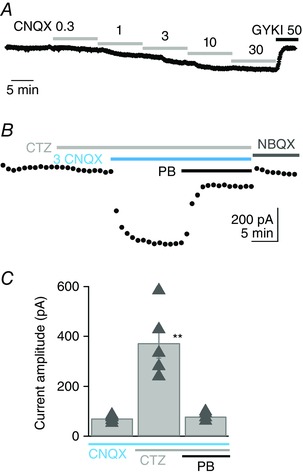Figure 6. CNQX activates currents that are sensitive to pentobarbital .

A, example of the membrane current activated in a Purkinje cell by addition of increasing concentrations of CNQX to the external solution. The addition of 3 μm CNQX activated an inward current of −76.4 pA. Currents were completely blocked by 50 μm GYKI 53655, the selective AMPAR non‐competitive antagonist. B, in another cell, 3 μm CNQX was applied in the presence of 100 μm cyclothiazide (CTZ) and activated a current of −430.3 pA. Application of 110 μm pentobarbital (PB) inhibited the current by 78.6%. The baseline was measured at the end of the experiment after application of 10 μm NBQX. C, on average, 3 μm CNQX activated a current of −72 ± 5.8 pA (n = 5) in control conditions, −372 ± 61.7 pA (n = 5) in the presence of 100 μm CTZ and only −82.4 ± 8.4 pA in the presence of both CTZ and 110 μm pentobarbital (n = 4). The CNQX current amplitudes in CTZ alone were significantly greater than control values and the data in pentobarbital, **P < 0.01, unpaired Student's t tests. Pentobarbital data were not significantly different from control values (P = 0.35). Bars indicate SEM. SR 95531 (3 μm) and d‐APV (50 μm). All cells were recorded in sagittal slices.
